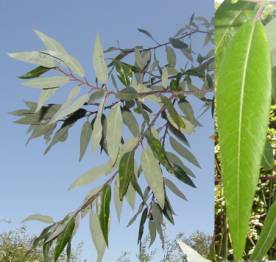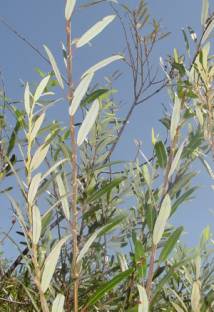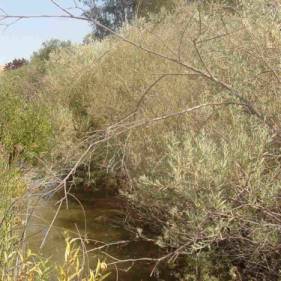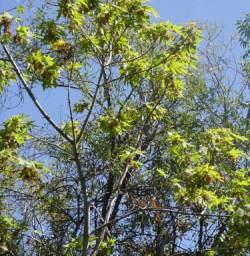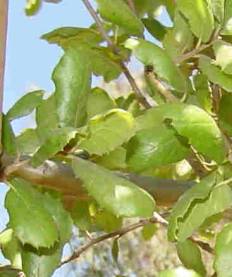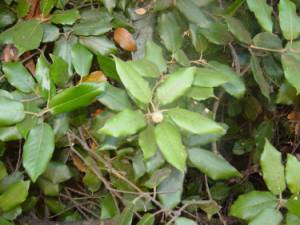Fremont Cottonwood
Populus fremontii
NATIVE
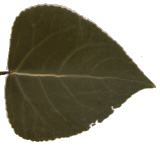 This
woody tree which is found in
watersheds, stream banks, and grasslands is common in our area. This
tree is well known for its ability to grow quickly. When the wind
blows through the leaves it makes a sound like running water.
The leaves have a characteristic spade shape.
These trees can grow to 35 meters. They are the largest
trees in this area. Male and
female are separate trees. The
female tree blooms March to April and has cottony seeds.
This
woody tree which is found in
watersheds, stream banks, and grasslands is common in our area. This
tree is well known for its ability to grow quickly. When the wind
blows through the leaves it makes a sound like running water.
The leaves have a characteristic spade shape.
These trees can grow to 35 meters. They are the largest
trees in this area. Male and
female are separate trees. The
female tree blooms March to April and has cottony seeds.
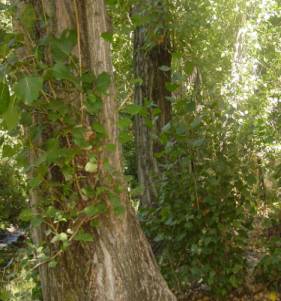
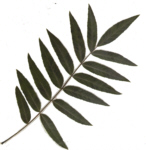
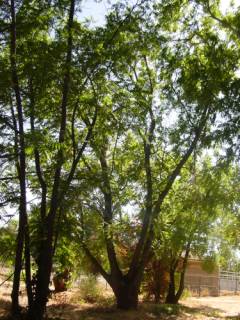
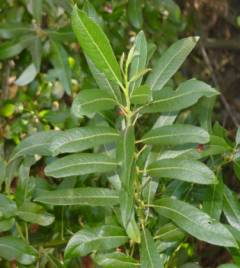
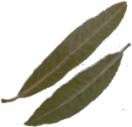 Red
or smooth willow
Red
or smooth willow